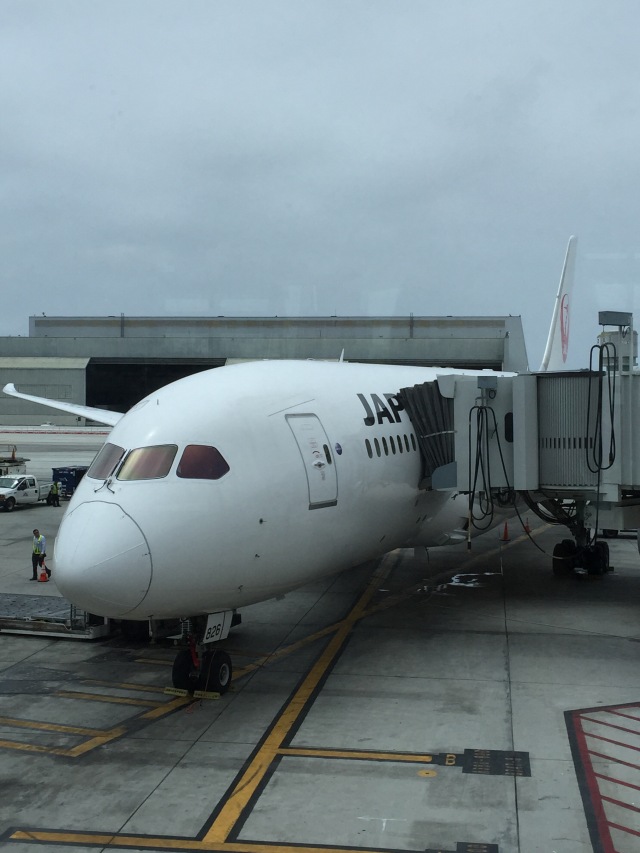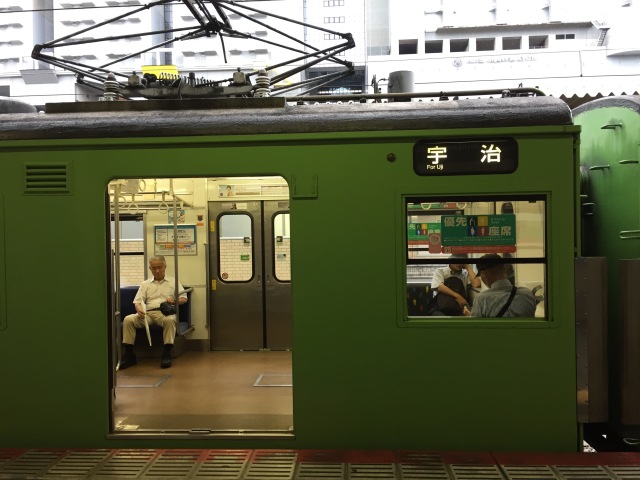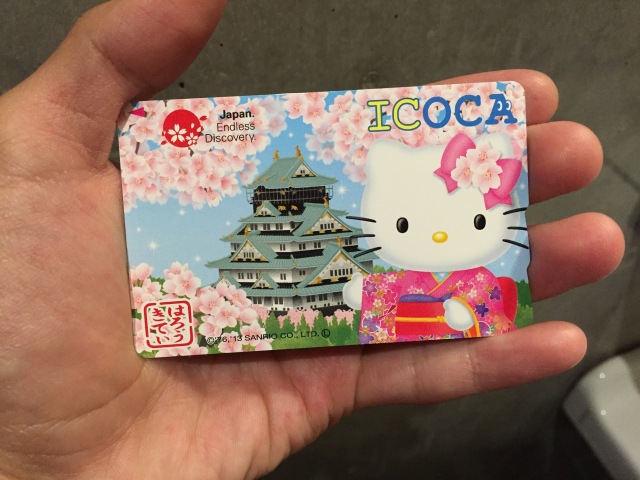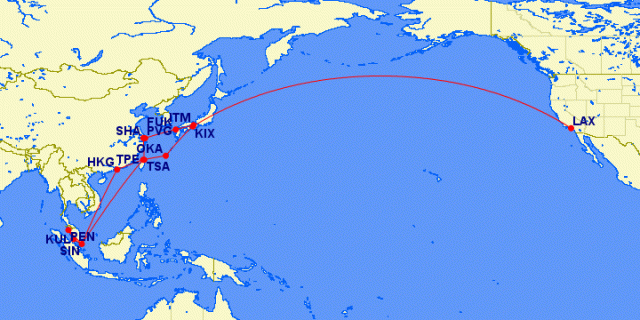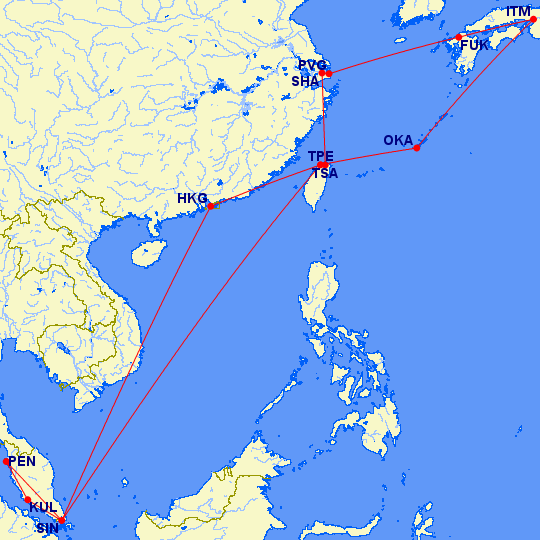When I was planning my summer trip to Asia, I knew that I wanted to try long-haul business class, and that I definitely wanted to fly on an Asian airline. I feel that flying on a foreign airline gets me ready for my destination on the way in and a last taste of the country on my way out.
I ended up booking myself on Japan Airlines flights JL69 and JL60 between Los Angeles and Kansai International Airport (serving the Osaka-Kyoto-Kobe region). As I mentioned in a previous post, this cost me 100,000 American AAdvantage miles plus $48.50 in taxes and fees.
My flight reports are going to focus on the things that matter to me the most: food, entertainment, and cabin comfort. As a low-budget gourmand, a high-end meal in-flight is one of the main reasons why I would choose to fly business or first class over economy. The selection of films on demand is important because I don’t subscribe to Netflix and don’t go to the movies that often–flying lets me catch up on pop culture. Cabin comfort is a third consideration because sitting around for hours can be incredibly uncomfortable. I will consider service, but it isn’t a main consideration for me. I’m used to rude and inconsiderate treatment in coach on domestic USA flights, so any glimpse of humanity from a flight attendant is already a huge step up.
Departure airport and lounge
Japan Airlines business class passengers have access to the Oneworld lounge in LAX’s Tom Bradley International Terminal. The lounge is right after security and is upstairs, overlooking the shopping area. There’s a wide selection of hot and cold food and beverage and plenty of seating.
Boarding was called on time, at the far end of the terminal. JL 61 to Tokyo Narita was departing from the next gate over.
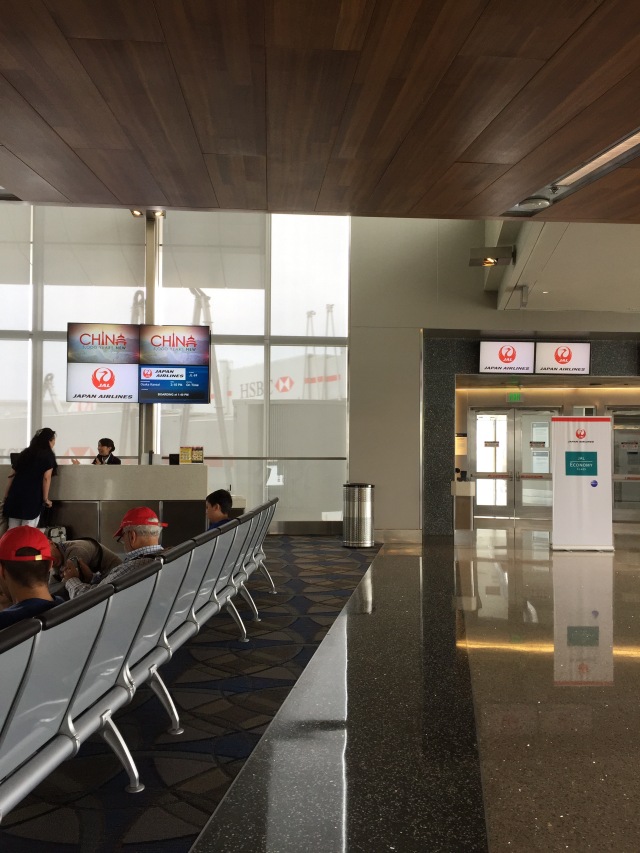
There are separate lines for economy and business class. A Tumi amenity kit was waiting on each seat. The kit was green on the westbound and black on the eastbound.
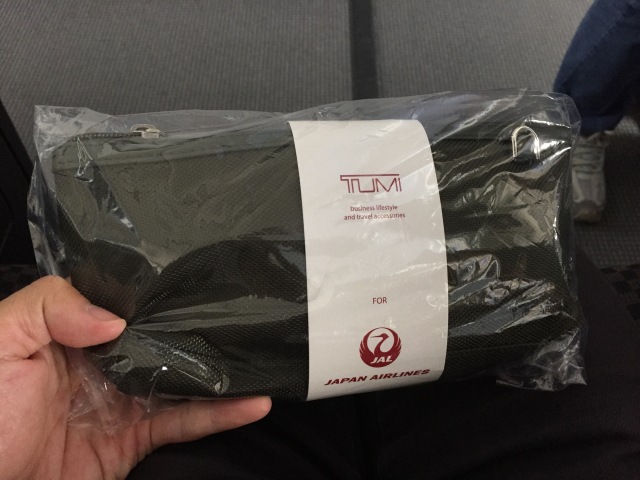
Seat and cabin comfort
The Boeing 787s used on these flights have Japan Airlines’ Shell Flat Neo seats in business class. The name is misleading because the seat does not go fully flat–they’re actually angled towards the ground, which creates some potential for sliding downwards. In any case, I managed to get plenty of sleep on them. Since I’m used to coach, I did not mind that the seats were not angled away from each other. This would be great for people who are traveling with others.
My main issue with the cabin was that it was way too hot. I did not see the point of having blankets, because I could barely use it. This must be a cultural difference, since all the Japanese people in the cabin had blankets and even borrowed cardigans (an unusual business class amenity).
Continue reading “Flight report: Japan Airlines business class, Los Angeles to Osaka (JL69)”

